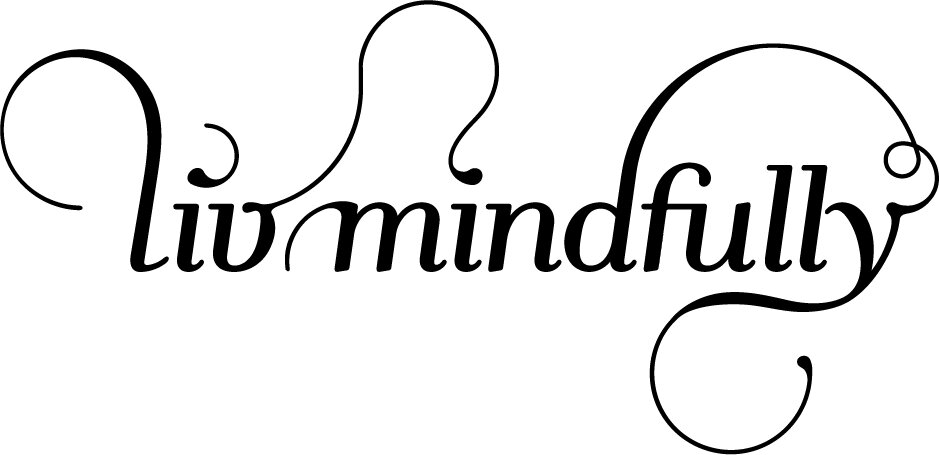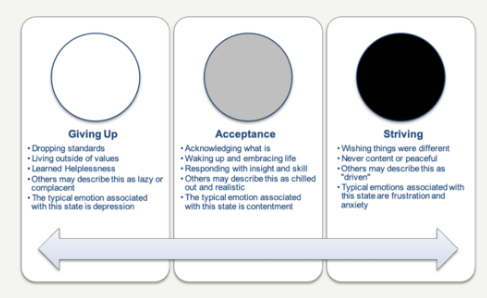Modern women are just amazing. This is the first generation we have been told we can have it all – we can step up and have our fathers’ successes BUT we need to still maintain our mothers’ responsibilities (ref. Dr Libby Weaver). As a result, we are working tirelessly from the minute we wake up to breakfast to children to work to children to dinner and then often to work again on the couch with a heat bag and a cup of tea…we then fall into bed exhausted at night and get back up again to do it all again the next day.
Dr Libby Weaver has come up with a syndrome to describe the lifestyle of the modern woman – she calls it “Rushing Women’s Syndrome” – where we are dragged from one demand to the next – not even allowing ourselves time out to do nothing in the car or on the train or bus – using that time to make phone calls, answer emails or listen to the latest podcasts.
Now, some of us can do this. There are some true wonder women who can and do, do it all with some ease. There are even some, I am sure, who love the busy and frenetic life they have. However, the vast majority and certainly the women I seem to meet in my line of work, are only just keeping it all together, but the cracks are starting to show: they are not sleeping well, their temper is flaring, they are moving further and further away from their partners or they are getting sick more and more often…..
So what is going on?
The current climate is a result of so many factors, here are a few:
Feminism - It is a result of the great successes of feminism (while there is obviously still a long way to go when it comes to equality in many areas) that women are now sitting in boardrooms and running companies and even countries. Hooray for this, about time.
Technology - broadly has a lot to answer for – the fact that there is no clear division between work and home these days has helped to create an ongoing cycle of a 24/7 need to respond and deliver. We never really “go home” anymore – we are always “on” and for those of us who need to take some down time, it just is not there organically anymore.
Social Media – the habitual and mindless competition and comparison of what women are doing and how they are succeeding is RIGHT there – right in our face while we are sitting at home in our stained tracksuit pants with chocolate dripping down our chin, already feeling less than glamorous – only to have her there in her fab Prada suit and red lippy and then that little voice echoes to us “why cant I have that, be that, earn that?”
No Family or Village - The breakdown of the family system and the “village” means we are relying more and more these days on paid childcare of some kind to look after our kids – with that comes very little flexibility so when kids get sick or the date for a client’s workshop changes, it takes more effort to juggle everything.
So, in summary, we are doing more, more often and with much less support than previous generations. Our beautiful bodies and minds just can’t keep up with this pace and something has to give. Often, sadly it is our health – be it mental or physical – or both.
In 2013, I was part of the team to set up Australia’s first mind and body studio, I went into partnership with 4 amazing people and we worked hard to set up a “mindfulness studio” where we offered mindfulness based yoga, fitness and meditation. We opened in April 2015 and were voted one of the best studios in Australia within months of opening, we were ON FIRE! The catch was that it was a 7 day a week business and, given I was the mindfulness and meditation partner and this was very new to Melbourne back in 2015, the workload was unforgiving. Now, I was terrible at setting boundaries and saying no… so I just kept taking on more and more and saying yes to more and more….all the while…my brain AND my body was talking too me….the thoughts were “Liv, this is too much, you need to slow down, you haven’t seen your kids in a week….” but, as I became so adept at managing my thoughts, I would “notice the thought and let it go”…what I didn’t do, was FEEL into my body, until it was too late. I completely burnt out and ended up in bed by Oct 2015. In Jan 2016, I listened to my heart and my body and decided to leave the partnership as I couldn't give the business what it needed and still be the present and engaged parent I wanted to be. It was the hardest decision I have ever made but, my body and my heart thank me every day – my ego is still recovering though….
What I learnt:
Mindfulness and meditation are important but they are not all we need to be doing to look after ourselves in the current climate – we still need to exercise – often, we still need to see our girlfriends and we still need to sit down and eat (at least one meal a day!) to really get the nutrients out of our food.
I needed to reconnect with my body – to listen to my gut and my intuition and treat myself like a “whole person” – not just a brain and then a body that is dragged around after it.
So what do we need to do?
1. Set firm boundaries
We need to stop saying “yes” to everything, we need to stop seeking approval of others and we need to stop, listen to our gut and from that place that is deep and strong within us – we need to say “no, thank you, but no”. This is new for many of us, as girls, we were never taught to listen to our own inner voice – we were taught to be quiet, to be pretty, to be polite and to seek approval.
2. Change the rules
This is brand new territory for all of us, we ALL (women and men) need to make it OK for men to pick up more of the family and domestic duties. We need to sit down as a family and divide the tasks – rather than leaving it all to the woman to manage. The other mummies in the park or at kinder need to include the daddies in the play dates and invite them over for afternoon tea too.
3. Stop Competing and Comparing and instead Connect and Collaborate
As humans, we part of us is wired to compete and compare, it has held us in good stead as far as our survival as a species goes however, these days with the added impact of social media, we may need to work at tempering this a little bit. What has happened to the sisterhood girls? We need to ask our friends and family for help, we need to reconnect with our community.
4. Fall in love with ourselves again
We need to learn to trust ourselves again and maybe if we trust a little more we can try a little less. We can stop seeking approval from others and simply do our work and then step back. All of this trying is totally exhausting.
5. We need to let go of our own vision of ourselves as wonder woman
As I was sharing the outline for this article with my husband, he smiled in his beautiful supportive way and he said – “the other thing is, you need to allow yourself to let go of having to do everything yourself” – we need to let go of our own vision of ourselves as wonder women.
How can we do this?
Well, given I am a meditation teacher and a mindfulness educator, part of the answer for me lies in building our general levels of awareness. We need to build our awareness across two areas; the external world – what is actually happening? And the internal world – what are we actually thinking and feeling?
External Awareness
We need to see clearly the actual external situation we currently find ourselves in – are we doing more than our fair share? Can we ask for more help from our partners/friends/family? What is actually happening here? Am I being taken advantage of or not?
Internal Awareness
We need to learn to really connect with our internal world. What is important for me? What is my body and my heart telling me in this situation? Of course we cant always be guided by our body and our heart but my general rule is (now!) if you get the same message a few times – you should probably listen.
The rules and the landscape have changed my friends so we need to change too. If we don’t, we are just going to keep getting sicker, more marriages will break down and the anxiety rates in our beautiful children will just keep rising.
None of us really knows the answers, we are all just making it up as we go along and we are really the only one who knows the answer for ourselves. Just because she is working 5 days in her power suit and sits on all of the kinder fundraising committees and still makes organic bread with free range ham sandwiches for Jimmy for kinder – it doesn’t mean you have to keep up.
Let’s cut the crap, if not for our health and ourselves, for our children.
In all of this, I think the best gift we can give ourselves and our children is the capacity to come home, to come back to the place inside us that has always been there – the place that is clear, calm and connected. It doesn’t matter how we get there, what matters is that we get there – often. By living and working and parenting from this place of clear seeing awareness we can fall in love with ourselves again and come back to each other. We will all be better for it.











